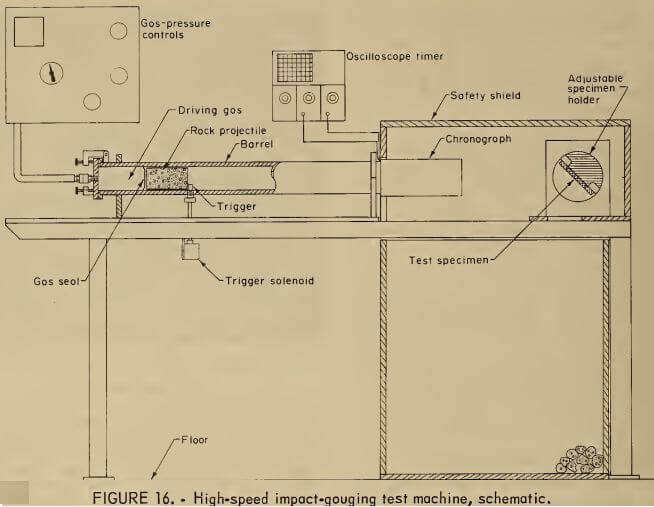Table of Contents
A new and promising method for transporting raw materials from a mine is by pneumatic pipeline. This method uses a flow of air to transport solid particles of rock or ore through a pipeline. Lifting ore from underground to the surface pneumatically has great economic potential but is limited by severe wear problems. Pneumatic conveying is currently used for backfilling underground mines and trenches, removing tunnel muck, and transporting coal and ores within an underground mine.
During pneumatic transport, severe wear at pipe bends is caused by collision of solid particles with the interior of the pipe. The particles may be as large as 6 to 10 cm across, traveling at speeds up to 40 m/s. Elbows have been known to wear through after only a few hours of use. A limited amount of research has been done to evaluate the erosive wear of bends used in pneumatic transport. Mills and Mason used a closed-loop experimental apparatus to simultaneously determine the wear rates of six pipe bends. Kostka used coarse solid particles in a commercial-sized pneumatic transport system to study erosive wear in different types of pipe bends.
No prior experimental apparatus has been developed to study the effect of high-impact abrasive wear caused by large particles with a mass greater than a few grams. The Bureau has designed and constructed test equipment capable of shooting a 1-kg projectile at a test specimen at speeds up to 45 m/s. The test has been named the high-speed impact-gouging test. The wear condition is classified as high-stress, two-body abrasive wear. The condition is considered high-stress because the abrasive projectile suffers appreciable damage during impact.
High-Speed Impact Equipment and Specimen
The test equipment consists of an air gun that shoots rock projectiles at a stationary specimen located a short distance from the muzzle. The specimen stage can be tilted to vary the angle between the projectile line of flight and the specimen surface. The test equipment is shown in figures 16 and 17. The projectile is a cylinder 7 cm in diam by 10 cm long, weighing 1 kg. Solid granite cores can be used, but for economy, a concrete cylinder with a granite disk about 2 cm thick on the impact end is used. A pin through the side of the tube holds the projectile in place while driving gas is admitted to give the desired pressure. A chronograph is used to determine the velocity of the projectile after it exits the tube. A box below the impact area collects debris from the shattered projectiles, and a safety shield covers the end of the tube and the impact area.
The test specimens are normally 7.6 by 2.5 by 1.3 cm, with beveled ends for clamping. They are interchangeable with the jaw crusher test specimens previously described.

High-Speed Impact Procedure
The specimens are cleaned, dried, and mounted on the target face, with the angle of incidence set by adjusting and locking the target. The tube is cleaned and sprayed with a Teflon fluorocarbon polymer coating that lowers friction and wear. The projectile is loaded into the tube, a rubber seal is placed behind the projectile, and the breech is closed. Gas is admitted to the chamber to a specified pressure, the chronograph is set, and the projectile is released by actuating the solenoid that retracts the retaining pin.
After the projectile is shot, the time recorded by the oscilloscope is noted and used to calculate the projectile velocity. The target specimen is removed, cleaned with a brush, and soaked in concentrated hydrofluoric acid in order to remove the embedded silicate material.
The specimen is then dried and weighed. The barrel is cleaned for the next run.
Although the test equipment is relatively new, several general findings can be reported. Examination of the specimen surfaces of mild steel after impact has revealed gouges resulting from ductile deformation. The gouge scars are much deeper but shorter at a 45° angle of impact than at a 15° angle. The harder steel alloy specimens have exhibited much smaller wear scars and indicate some degree of brittle fracture. It is possible that brittleness is induced by the high strain rate produced by this test.
